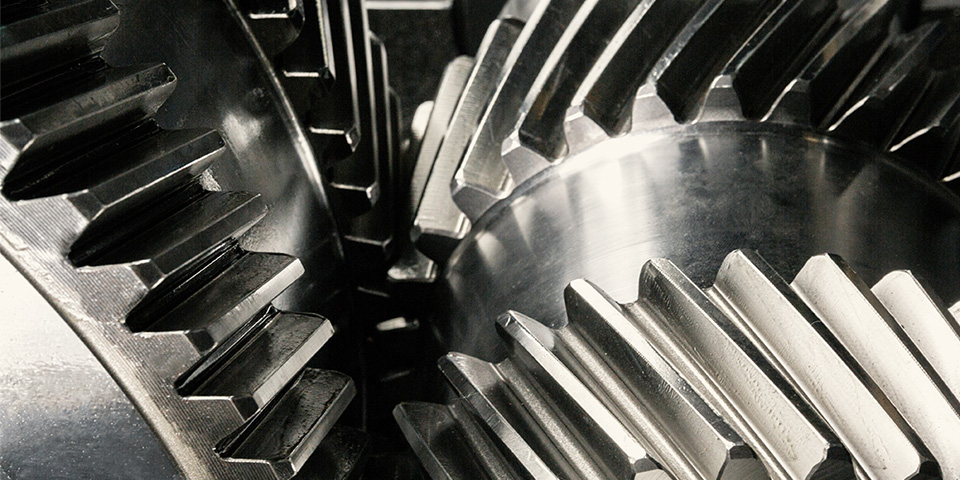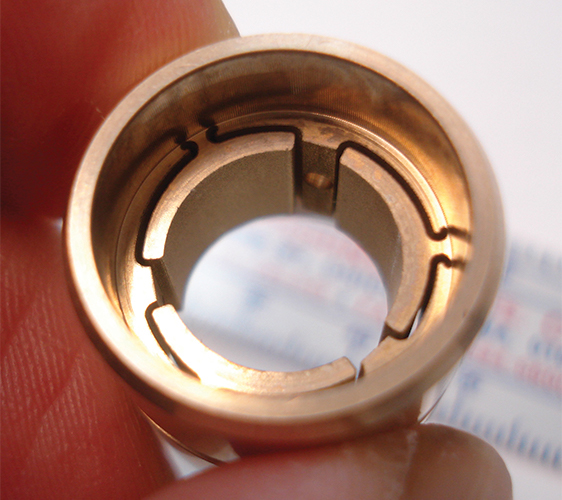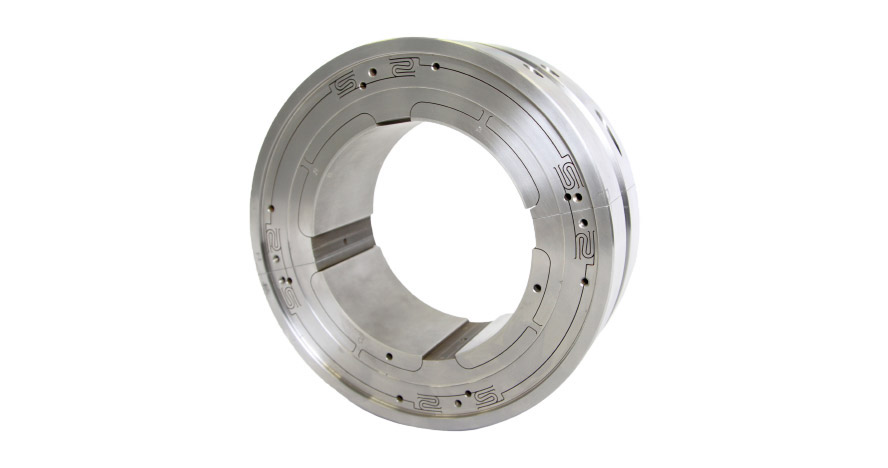Journal Bearings
On fixed profile (sleeve) bearings, Waukesha Bearings engineers the bore profile for stability, and further optimizes performance through bearing material selection and lubrication. Tilt pad bearings can provide even greater stability and give our bearing engineers additional mechanisms for optimization.




